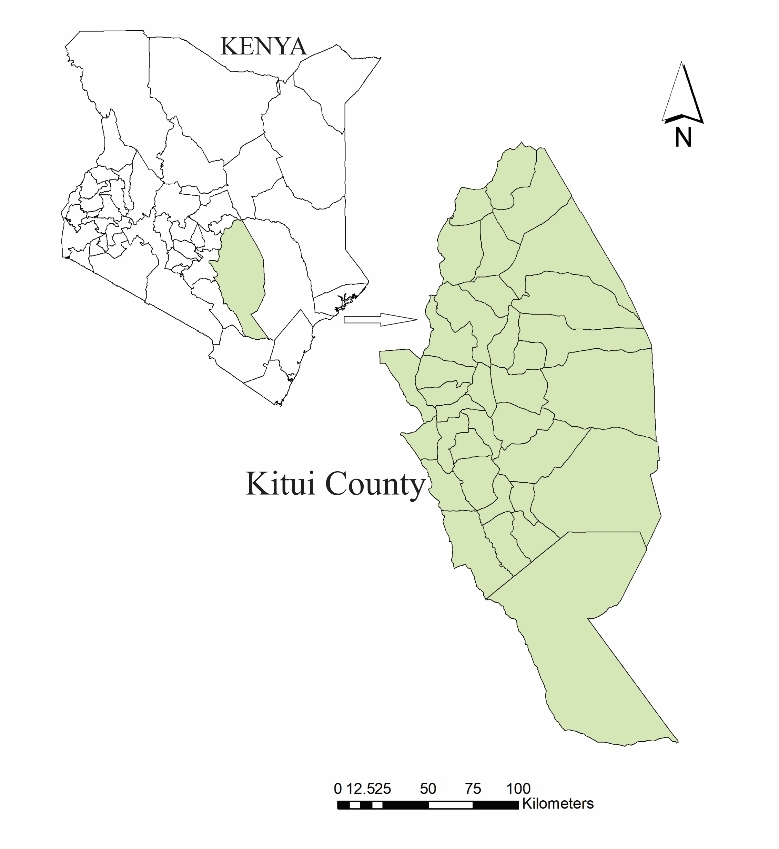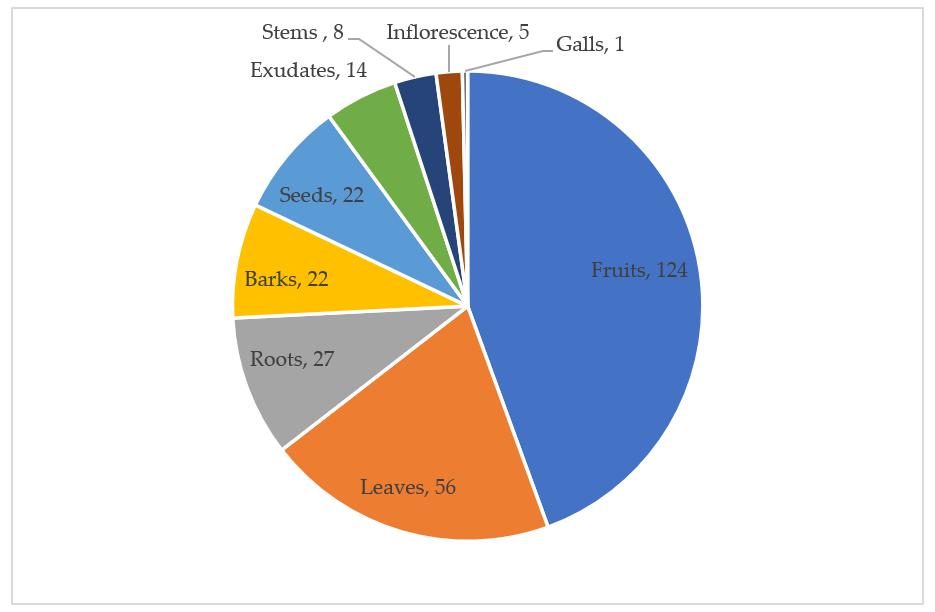Name:HU Guangwan,
Tell:
Email:guangwanhu@wbgcas.cn
Organization:Wuhan Botanical Garden
Compiling Wild Food Inventory Helps Food Insecurity Combatting in Kenya
2020-11-12
Wild food plants are important resources for people living in dry areas of Kenya. Recognizing the value of wild food plants can be useful in conservation of germplasm for the future generations as well as buffering against famine in the changing climatic conditions. For now, few studies in Kenya have focused on documentation of wild food plants at local levels.
To obtain an inventory of wild edible plants found in Kitui county, the Sino-Africa Joint Investigation Team (SAJIT) searched the literature reporting on wild edible plants of Kenya and combined field surveys done in Kitui county.
199 wild food plants are utilized as foods in different ways such as fruits, vegetables, tisanes, flavoring agents, starch foods, seed foods, gums and resins among others.
Plant species growing either as trees or shrubs (83 species) and herbs (36 species) are the dominant life forms, with Leguminosae (25 species) being the best represented plant family followed by Malvaceae (17 species). Fruits (124 reports) comprise the majority of plant parts utilized as food, followed by leaves (56 reports), while plant fruits (120 species) and vegetables (44 species) are the common foods obtained from wild edible plants in Kitui county.
This study establishes a high diversity of wild edible plants in Kitui county. Some of the plants such as Berchemia discolor, Tamarindus indica and Vitex payos are sold in the local markets in Kitui county. Some of the wild food plants recorded might form an important gene pool for future improvement of cultivated crops such as Vigna mebranacea which is a relative to cultivated species V. unguiculata.
To maximize the conservation efforts of wild edible plants in Kitui county, SAJIT recommends further field investigations, collection of germplasm of wild edible plants and local community awareness in matters of conservation.
The research entitled “Conservation of Wild Food Plants and Their Potential for Combatting Food Insecurity in Kenya as Exemplified by the Drylands of Kitui County” was published in plants.
This work was supported by the National Natural Science Foundation of China and Sino-Africa Joint Research Center, CAS. Kenyan student Fredrick Munyao Mutie is the first author. Professor HU Guangwan is the corresponding author. Several students from the group participated in the study.

Map showing the location of Kitui county in Kenya (Image by SAJIT)

Growth habits of the wild edible plants in Kitui county (Image by SAJIT)

Number of species by parts of plants eaten (numbers represent reports per category) (Image by SAJIT)

Some of the wild edible fruits encountered during field study in Kitui county: (A) Balanites aegyptiaca (L.) Delile (Zygophyllaceae); (B) Tamarindus indica L. (Leguminosae); (C) Berchemia discolor (Klotzsch) Hemsl. (Rhamnaceae); (D) Vangueria madagascariensis J.F.Gmel. (Rubiaceae); (E) Cordia sinensis Lam. (Boraginaceae); (F) Grewia villosa Willd. (Malvaceae); (G) Commiphora edulis (Klotzsch) Engl. (Burseraceae); (H) Lannea schweinfurthii Engl. (Anacardiaceae); (I) Cynanchum hastifolium K.Schum. (Apocynaceae); (J) Uvaria scheffleri Diels (Annonaceae) (Image by SAJIT)